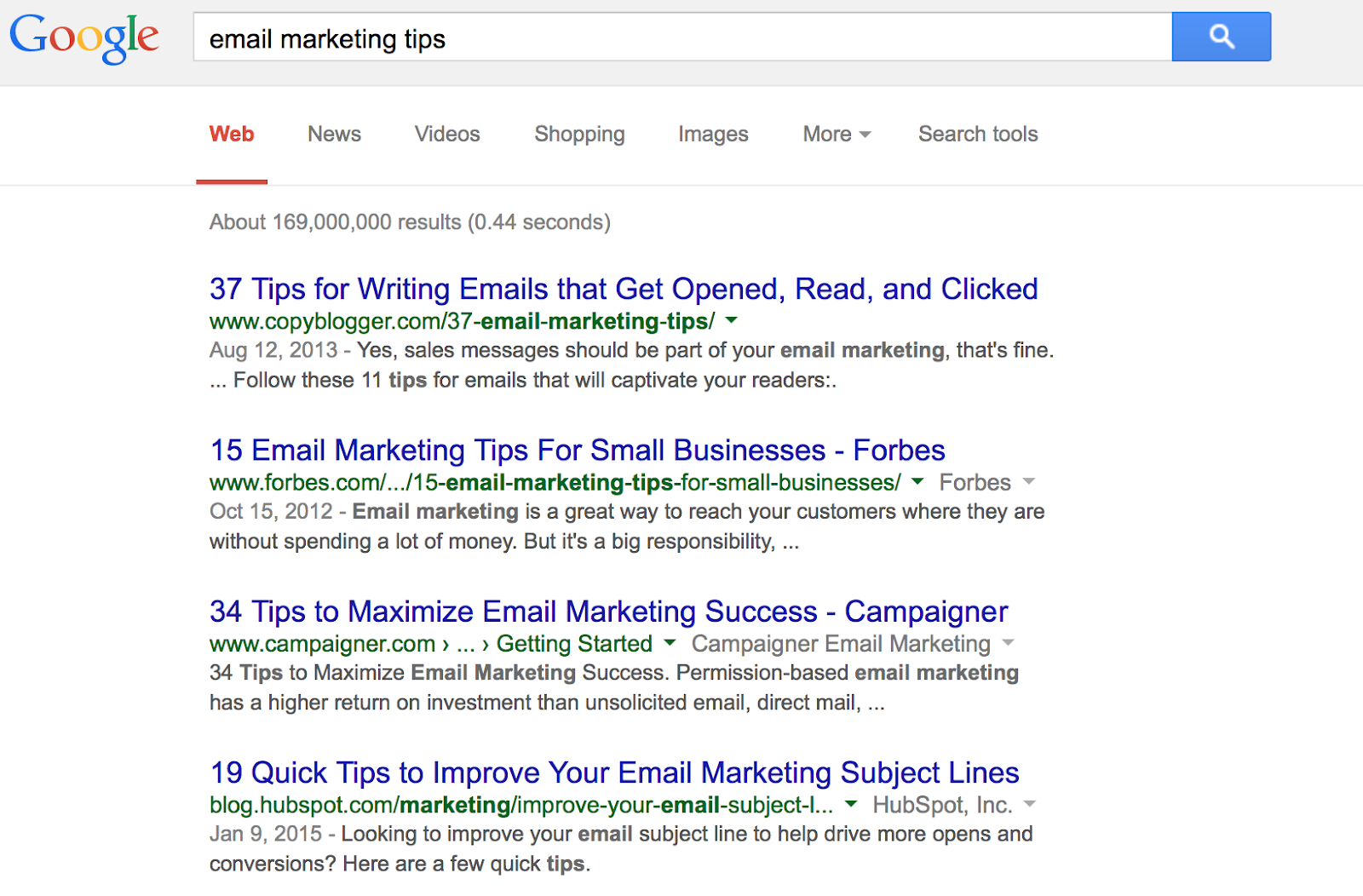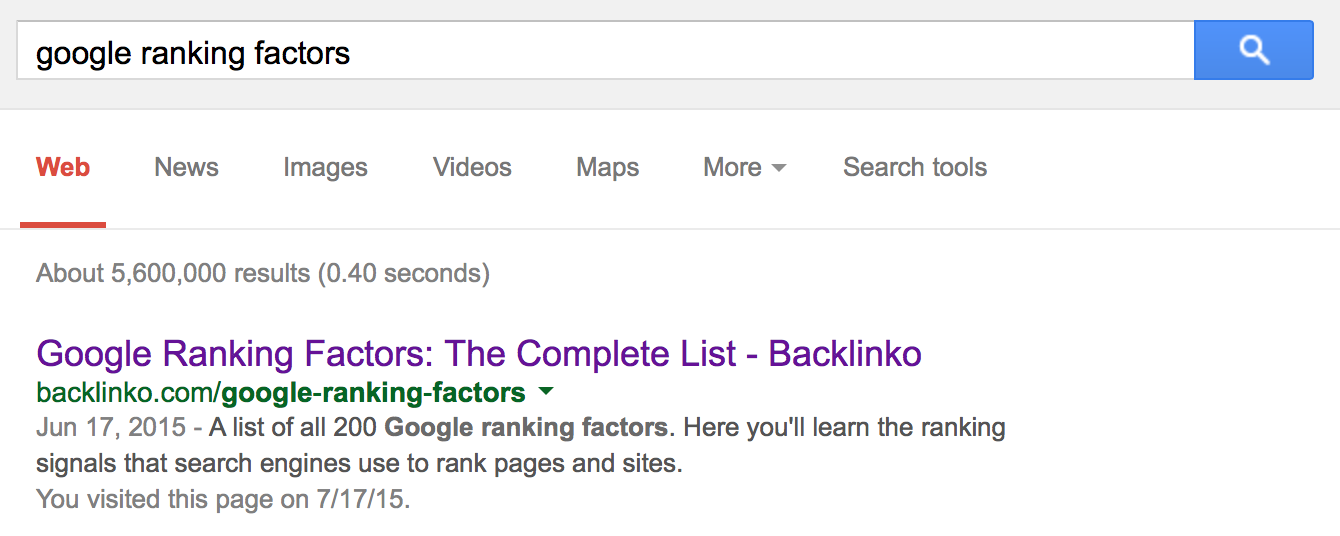Let’s start with a question.
When you talk about search engine optimization or SEO, what do you mainly think of? I suspect it would be keyword optimization, keyword density, backlinks, etc. Right?
Unfortunately, most bloggers, online marketers, and entrepreneurs pay very little attention to the presentation and copy of their search listings in the search engine results page (SERPs). However, it can make a massive difference in your search engine click-through rate if you manage to optimize it.
The question is how do you do that? How do you maximize the search engine click-through rate (CTR) and get the most amount of organic traffic to your website?
In this blog post, we are going to discuss exactly that.
You see, breaking into Google’s 1st page is difficult as it is. The competition in the digital marketing world is already very tough, and the trend is not going to diminish whatsoever. If you do manage to rank your web pages in Google’s top 10 results, it would be a great shame if you don’t get an appropriate amount of traffic for all that effort.
Search Engine Users Want One Thing: Useful Information
To optimize the search engine listings, you will have to understand the underlying psychology of search engine users. After all, you are doing all of it for them.
Search engine users — despite what anyone says — want only one thing, i.e., useful information and solutions to their current problems. If your listed web page can do that for them, they will click on it, visit your website, read your content, and maybe eventually buy from you. On the other hand, if they are not satisfied that your website will be able to provide them the most useful information, they will not visit it.
Moreover, also understand that although search engines (such as Google) lists the top 10 web pages it finds for a certain query, users don’t click on all of them. They visit only a few web pages to find the information they’re looking for.
So, in other words, your website has to make the best first impression on them — certainly better than the rest of the 9 competing web pages if it wants to attract more organic traffic.
This is what a search engine user sees.

As you can see, there is a lot of competition out there in the SERPs, and you have a small real estate to make that good first impression.
Following are a few tips that will help you learn how to maximize the search engine click-through rate.
1. Improve the Headline
As you know, there are three major segments that you can optimize to improve the CTR you get from search engines: the headline of the blog post, its URL, and the Meta Description.
The headline of the blog post is of paramount importance.
A huge majority of search engine users would decide whether to click on a web page or not based on the quality of its headline.
A good headline should have the following qualities:
It must be interesting and engaging
The headline should increase the reader’s curiosity level
It should be clear and concise
A good headline clearly states the benefit for the search engine user
Headlines must be structured how internet users generally prefer them to be
The title of the blog post should not be more than 55 characters. Otherwise, search engines will truncate the rest of it, and the title may not make much sense to the search engine users.
It should be evergreen and timeless, so it can bring organic traffic for a long, long time.
Apart from that, here is another tip.
According to a recent study by Conductor, internet users usually prefer a certain type of headline structure. They want numbers in their headlines.
A huge majority of internet users prefer to have headlines with numbers. Surprisingly, headlines with questions are the least preferred.
2. URL
Once you are done with the headline of the post, let’s move on to the next segment, i.e., the URL of the post.
Although it isn’t as big a factor as the headline of the post, it can still make a noticeable impact on the search engine click-through rate.
I have already written a blog post that explains the nitty-gritty details of a good, SEO-friendly URL structure. You can find all the information you need by reading the following article.
A Guide to the Perfect SEO Friendly URL Structure
3. Meta Description
The Meta Description in the search engine listing is an important aspect of it — one that you must not neglect.
Ideally, the Meta Description should have less than 155 characters. Moreover, it should also be very clear, concise, and meaningful. A good and well-targeted Meta Description understands the exact context of the blog post and summarizes it — while highlighting the benefits of clicking and reading the post for readers. Furthermore, don’t forget to add the main keyword in the Meta Description of the blog post.
One more thing.
When you are creating the Meta Description, be extra careful of the total word count. This is important because if you add more than 155 characters, search engines will truncate the rest. On the other hand, if it is too short, the snippet will take lesser real estate — putting you at a disadvantage.
The Perfect Example
When I searched for the keyword “Google Ranking Factors”, I see Brian Dean’s blog post ranked on the #1 position. In my opinion, it is one of the best examples you can find for a search engine listing. This is how you, too, should be doing it.
See the following image.

Let’s analyze the listing.
It has an excellent headline in the context of the keyword in question. The keyword “The Complete List” indicates that the information in there is as comprehensive as it gets. Moreover, the headline also has the main keyword in it “Google Ranking Factors”. Apart from all that, it is an evergreen headline. The author can always update the information as it comes.
The URL is short, concise, and tells the readers exactly what they are going to get on the other side. It’s perfect!
The Meta Description is also very clear and concise. It also informs the search engine users that there are 200 Google ranking factors in total, and this article lists them all. Also, note that the word count does not exceed the 155-characters mark, but, at the same time, it isn’t too short. Last but not the least, the Meta Description also has the main keyword in it, i.e. Google ranking factors.
Conclusion
Optimizing search engine listings is something not many website owners focus on. However, as you can see, it is important and can make a sizeable impact on your overall search engine traffic.
Remember that while getting ranked into search engines’ top-most pages should be your #1 priority, optimizing your listing to get the most amount of traffic shouldn’t be too far behind on the to-do list. Also, the good part is that it doesn’t take too much time or efforts.
I will leave you with the following suggestion.
You may be already using it. But if you haven’t been using it, I will highly recommend installing the Yoast SEO plugin. It makes creating, editing, and optimizing the search engine listing snippets a real breeze.
